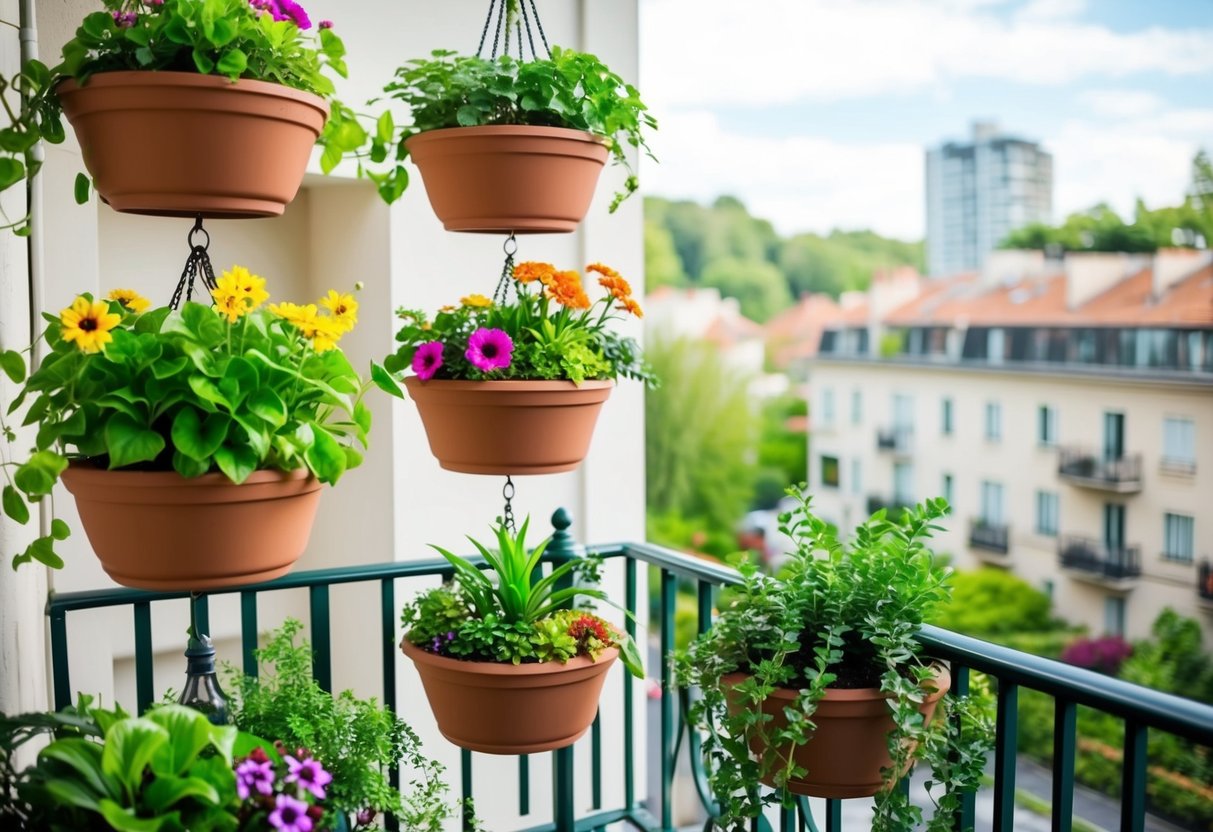
Selecting Suitable Plants
Selecting the right plants for a vertical garden is crucial. Consider plants that can thrive with limited soil and moisture conditions. The chosen varieties should be adaptable to the light, climate, and moisture levels available in the vertical setup.
Best Plants for Vertical Gardens
When it comes to vertical gardens, certain plants outshine others due to their adaptability and growth habits. Succulents are an outstanding choice, requiring minimal water and thriving in various conditions. They create a vibrant and diverse texture on vertical surfaces.
Air plants are another excellent option, as they do not require soil to grow. They absorb moisture and nutrients from the air, making them perfect for vertical installations. Staghorn ferns also fit well, with their unique appearance and epiphytic nature allowing them to cling to walls effectively. Selecting such plants ensures an efficient and visually pleasing vertical garden.
Herbs and Vegetables
Growing herbs and vegetables vertically is both practical and rewarding. Herbs such as basil, thyme, and parsley flourish in vertical gardens, providing fresh ingredients for cooking. They generally require more frequent watering, especially when grown in containers with limited soil.
Leafy greens, including lettuce and spinach, fit well in vertical systems, thriving with proper light and regular care. Cherry tomatoes and small peppers also adapt well to vertical spaces, adding utility and taste to the garden. Choosing herbs and vegetables that suit the local climate and available space will contribute to successful growth and harvest.
Ornamental Options
Ornamental plants enhance the aesthetic appeal of a vertical garden. Vining plants, like ivy or pothos, work well by draping elegantly, creating a lush appearance. Flowering plants such as nasturtium or begonia bring seasonal color and vibrancy to the space.
Compact and colorful plants, like rosettes of succulents, diversify the garden design with varying shapes and sizes. Ferns, with their lush foliage, and variegated leaves of specific plants, can add visual interest. Selecting ornamental options carefully enhances the overall design, making the vertical garden both functional and beautiful.
Vertical Garden Structures
Vertical gardens transform small spaces into lush green areas using innovative structures. These setups utilize wall planters, trellises, and freestanding systems, each catering to different spatial needs and plant types.
Wall Planters and Hanging Baskets
Wall planters and hanging baskets are excellent choices for those looking to incorporate greenery without occupying floor space. They attach directly to walls, creating a green wall effect. Wall planters come in various materials, such as wood, metal, or plastic, and suit both indoor and outdoor environments. Hanging baskets, often made from woven materials or metal, allow for easy customization and movement.
Both options are perfect for plants like succulents, ferns, or small flowering species. They can be arranged in artistic patterns to create a visually appealing display. Consideration should be given to the weight-bearing capacity of the wall and hooks when using these methods, ensuring safety and longevity.
Trellises and Climbing Supports
Trellises and climbing supports provide vertical growth solutions for climbing plants such as ivy, jasmine, or climbing roses. Trellises, often constructed from wood or metal, offer a sturdy support system for these plants, maximizing space utilization by guiding growth upward rather than outward.
Climbing supports, including wire systems and netting, can be added to existing structures like fences or walls. This flexibility makes them a versatile choice for transforming barren surfaces into vibrant green features. While selecting types, it is crucial to choose materials that can withstand environmental conditions and provide sufficient support for the plant species intended.
Freestanding Vertical Planters
Freestanding vertical planters, such as tower gardens and pallet planters, are stand-alone structures that offer flexibility in placement and arrangement. These systems range from stacked pots to modular units that allow for a variety of plant configurations. Tower gardens, favored for their compact design, are ideal for growing herbs and salad greens.
Pallet planters are a creative DIY option, often repurposing wooden pallets into tiered gardens. They offer an affordable and eco-friendly way to cultivate a variety of plants. These systems are suitable for patio areas, balconies, or any space where fixed installations are not feasible. With proper care, freestanding planters can thrive in diverse environments, contributing significantly to urban gardening efforts.